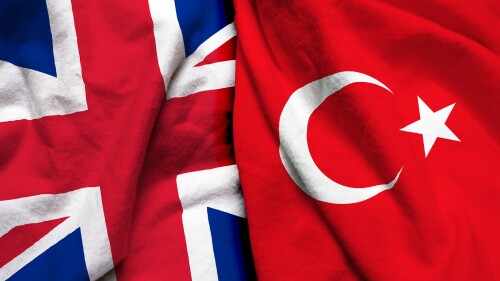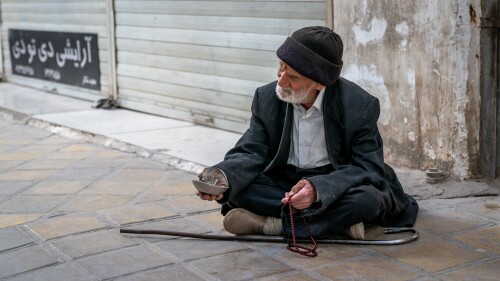For years, the Islamic Republic of Iran has feared an uprising after the death of Supreme Leader Ali Khamenei. To mitigate the risk, both Iran’s intelligence ministry and the Islamic Revolutionary Guard Corps’ own intelligence organization have moved to normalize news of Khamenei’s death to lessen the public reaction when it actually happens. They accomplish this by feeding mainstream news media disinformation and then refuting it after Western or opposition media publish it. This enables them to sow cynicism about such reports to buy time for security forces to position themselves to suppress anti-regime protests when Khamenei does die.
In April 2017, for example, reports circulated that Khamenei suffered severe illness or had even died. These originated with Iranian opposition media outlets like Mohabbat News and Amad News. To deceive non-Persian news media, Iranian intelligence fed disinformation through Iran-based journalists with ties to the intelligence services or, in some cases, through officials like Hossein Dalirian, spokesman for Iran’s National Cyberspace Center.
On September 16, 2022, Farnaz Fassihi, a New York Times correspondent who often channels regime disinformation, also reported that Khamenei was on the verge of death. This, too, was false.
History now repeats. On November 16, 2024, several Twitter accounts, many of them pro-Israel or belonging to Israeli media, again alleged that Khamenei is ill or even dead. Israeli news media later published similar reports, falsely attributing them to a report from Iran International TV. That same afternoon, several Twitter accounts published old videos purporting to show anti-regime protests following Khamenei’s death. Later, Khamenei’s office released a video of him meeting with Iran’s ambassador to Lebanon on November 17, 2024, showing the initial reports to be false.
During his rule, Khamenei has directed the regime’s crackdowns on nationwide protests. In 2009, 2019, and 2022, his speeches boosted the morale of security forces as they suppressed protesters violently. Certainly, Khamenei’s death will provide an opportunity for Iranians to challenge the regime, especially since Khamenei’s son Mojtaba will face difficulty to keep the regime’s security forces united. Every hour will count as Mojtaba, or any other successor, works to prevent an explosion.







